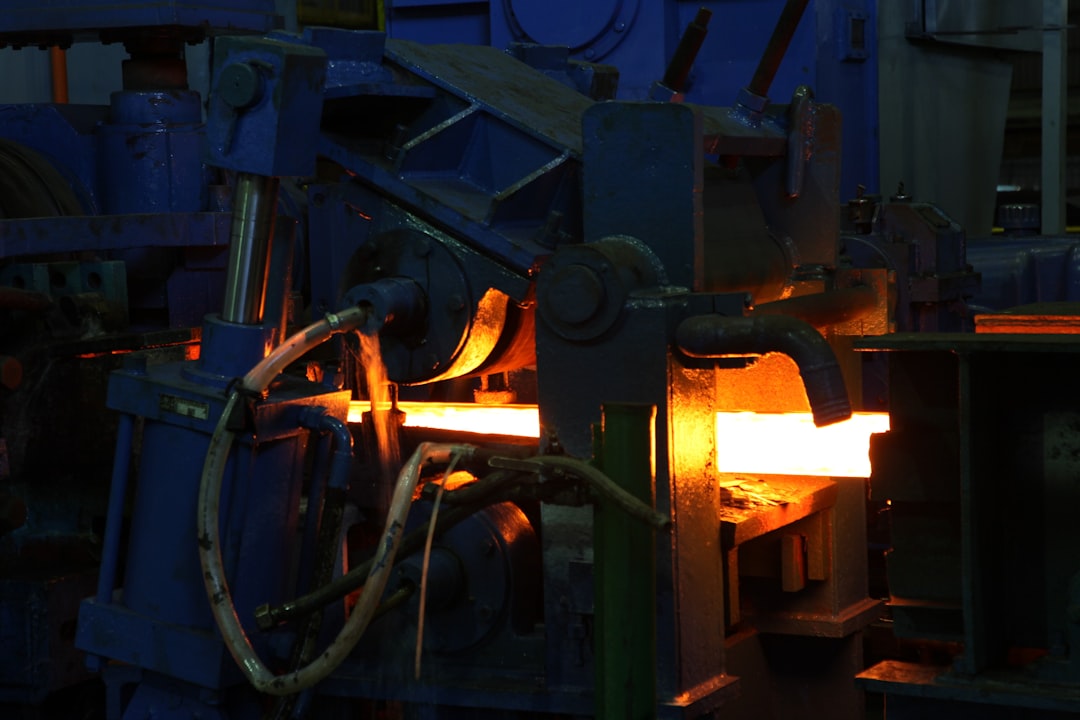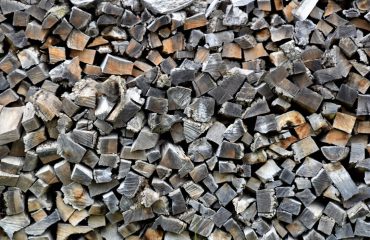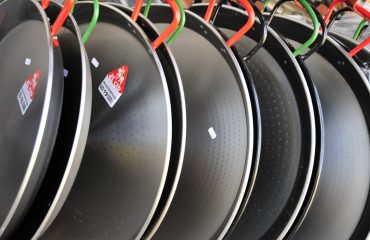Steel, the backbone of countless industries, demands precise and efficient cutting techniques. From intricate automotive parts to robust structural beams, the method used to cut steel significantly impacts the final product’s quality, cost, and production time. This article explores the diverse world of steel cutting technologies, detailing their processes, applications, and relative merits.
1. Thermal Cutting Processes: Oxy-Fuel and Plasma Cutting
Thermal cutting leverages heat to melt and sever the steel. Two prominent methods are oxy-fuel and plasma cutting. Oxy-fuel cutting, a classic technique, uses a high-velocity jet of oxygen to ignite and burn the steel, effectively cutting through it. This process is relatively inexpensive and suitable for thicker steel sections, but it produces a wider heat-affected zone (HAZ) and a rougher cut edge, requiring further finishing in many applications. The HAZ can lead to alterations in the steel’s metallurgical properties near the cut.
Plasma cutting utilizes a high-temperature plasma arc to melt and vaporize the steel. This method offers greater precision and speed than oxy-fuel cutting, resulting in narrower kerfs (the width of the cut) and a cleaner cut edge. Plasma cutting is versatile, handling a wider range of steel thicknesses compared to oxy-fuel, but it requires more sophisticated equipment and is generally more expensive. The choice often depends on factors like material thickness, desired cut quality, and budget constraints.
2. Laser Cutting: Precision and Versatility
Laser cutting employs a highly focused laser beam to melt and vaporize the steel, creating incredibly precise cuts. The non-contact nature of the process minimizes material deformation and produces clean, burr-free edges. Laser cutting is highly automated, often integrated with CNC (Computer Numerical Control) systems for complex designs and high throughput. This method excels in applications requiring intricate geometries and high-quality surface finishes, making it ideal for industries like automotive manufacturing and aerospace.
However, laser cutting is typically more expensive than other thermal methods and may not be suitable for extremely thick steel sections. The laser’s power and the material’s properties determine the maximum thickness that can be efficiently cut. Furthermore, laser cutting may require additional safety precautions due to the high-energy laser beam.
3. Waterjet Cutting: The Abrasive Power of Water
Waterjet cutting utilizes a high-pressure jet of water mixed with an abrasive material (usually garnet sand) to cut through steel. This method is remarkably versatile, capable of cutting a wide range of materials, including hardened steels that are difficult to process with other techniques. The non-thermal nature of waterjet cutting eliminates the HAZ, preserving the steel’s metallurgical properties. It also produces minimal noise and pollution, making it environmentally friendly.
While waterjet cutting offers excellent precision and versatility, it is generally slower than thermal methods and can be more expensive. The kerf width is relatively wider compared to laser cutting, and the process is less efficient for very thick steel. Despite these limitations, waterjet cutting remains a valuable option for intricate designs and materials requiring minimal heat-affected zones.
4. Mechanical Cutting: Shearing and Sawing
Mechanical cutting methods involve physically shearing or sawing the steel. Shearing is a common technique for cutting relatively thin sheets of steel using powerful blades. It’s a fast and efficient method for straight cuts, but it’s limited in its ability to produce complex shapes. The cut edge may require further deburring.
Sawing, using various types of saws (band saws, circular saws, etc.), is suitable for thicker steel sections and more complex shapes. Band saws offer flexibility and precision, while circular saws are often used for faster, less precise cuts. Mechanical cutting methods generally produce a rougher cut compared to thermal or waterjet methods, requiring more post-processing.
5. CNC Cutting: Automation and Precision
Many modern steel cutting techniques are integrated with CNC systems, enabling automated and highly precise cutting. CNC machines use computer-aided design (CAD) files to control the cutting process, allowing for complex geometries and intricate designs to be produced with high accuracy and repeatability. Regardless of the cutting method (laser, plasma, waterjet, etc.), CNC integration significantly improves efficiency and reduces human error.
The use of CNC technology is becoming increasingly prevalent across various steel cutting applications, as it allows for mass production of high-quality components with minimal waste and improved consistency. The initial investment in CNC machinery can be substantial, but the long-term benefits in terms of productivity and precision often outweigh the cost.
Choosing the right steel cutting technology requires careful consideration of several factors: material thickness, desired cut quality, production volume, budget constraints, and the complexity of the design. Each method offers unique advantages and disadvantages, making it crucial to select the most appropriate technique for the specific application.
SEO-Friendly Tags:
- Steel Cutting Methods
- Laser Cutting Steel
- Plasma Cutting Steel
- Waterjet Cutting Applications
- CNC Steel Cutting




